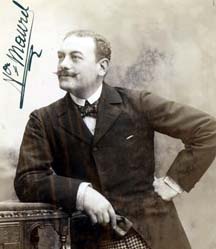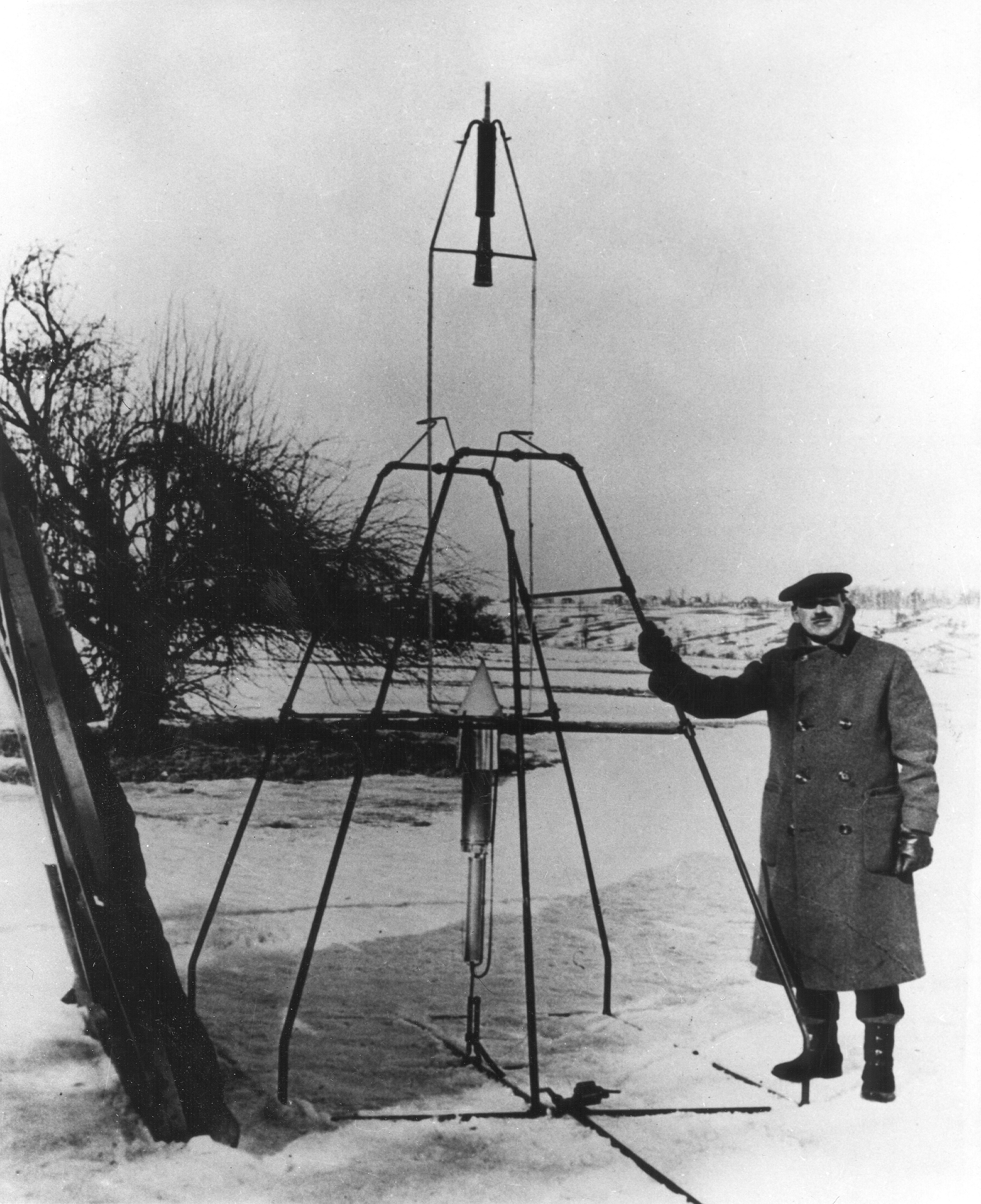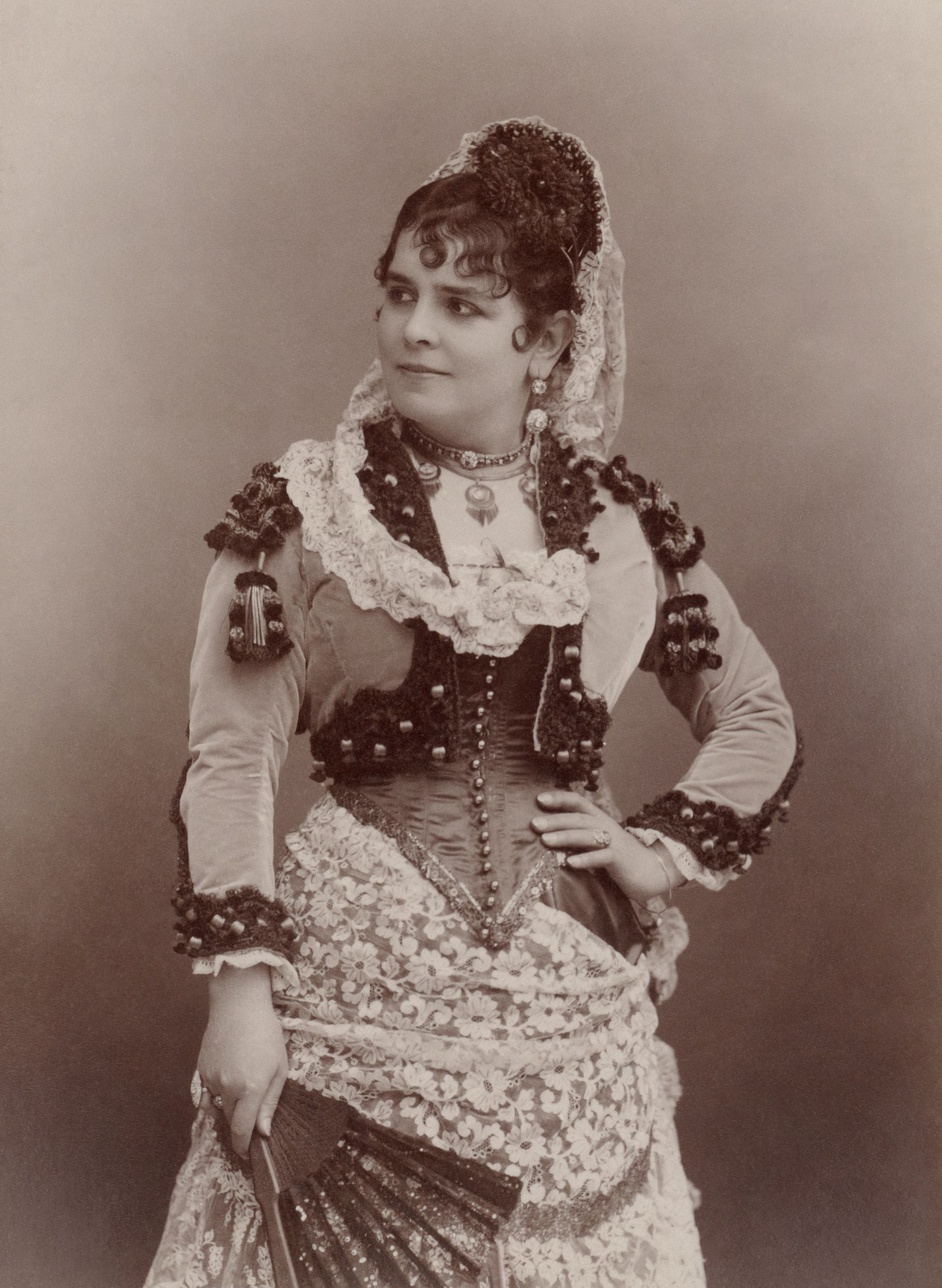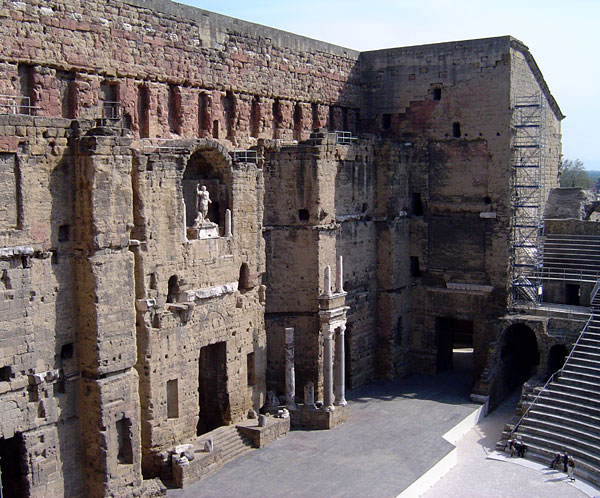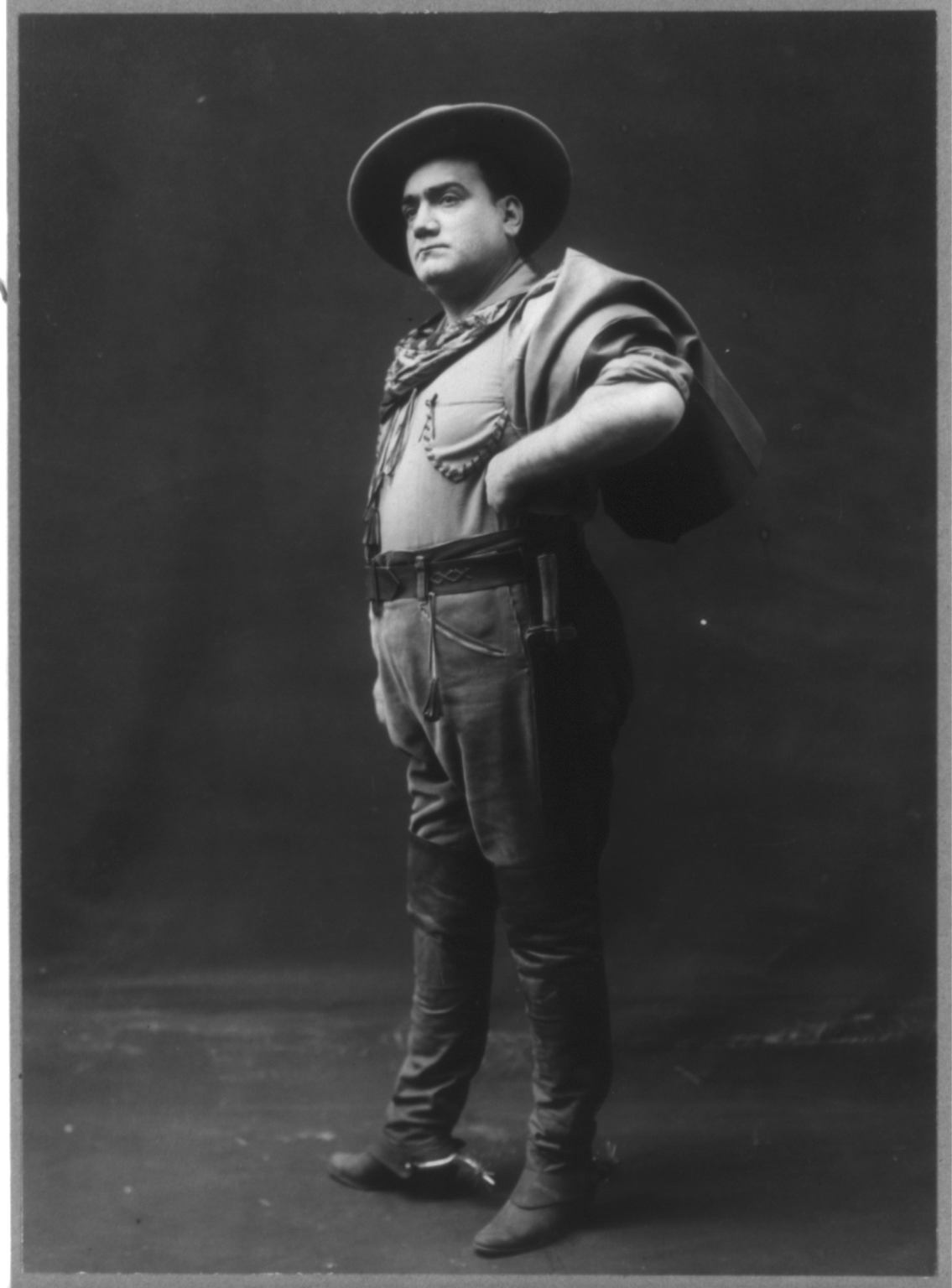|
Gustave Botiaux
Gustave Botiaux (born 14 July 1926 in Puteaux) is a French tenor. Life and career Botiaux was a winner of the 1954 Cannes tenor competition and sang at the Théâtre Royal de la Monnaie in Brussels in the 1955–56 season. He then very moved to the Opéra Garnier where he held the first roles for several years, as well as at the Salle Favart. His vocal timbre and athletic physique led him to perform in many theatres in France and abroad, where roles included Samson, Radames, Lohengrin, Roméo, Faust, Don José, Werther, Julien in ''Louise'', Mario in ''Tosca'', the Duke of Mantua (in ''Rigoletto''), Turiddu and Pinkerton. At this time at the Opéra-Comique the frequent programming of ''Cavalleria Rusticana'' and ''Pagliacci'' allowed Botiaux to shine in this double-bill. His reputation in these roles during the 1960s spread to Japan and the USSR. The French provincial opera houses gave him two of his most noted roles: Vasco de Gama in ''L'Africaine'' by Meyerbeer, and Sigurd ro ... [...More Info...] [...Related Items...] OR: [Wikipedia] [Google] [Baidu] |
Puteaux
Puteaux () is a commune in the western suburbs of Paris, France. It is located in the heart of the Hauts-de-Seine department, from the centre of Paris. In 2016, it had a population of 44,941. La Défense, Paris's business district hosting the tallest buildings in the metropolitan area, spreads over the northern part of Puteaux and parts of the neighbouring communes Courbevoie and Nanterre. The inhabitants of Puteaux are called ''Putéoliens'' in French. History In 1148 Abbot Suger, the chief minister of kings Louis VI of France, Louis VI and Louis VII of France, Louis VII, established a landed estate named ''Putiauz'', which went on to become a village of the same name. Suger also founded other settlements in the area, such as Carrières-sur-Seine, Vaucresson, anc Villeneuve-la-Garenne, with the aim of attracting people into the region. This was reinforced by certain privileges which Suger granted to the inhabitants. The name ''Putiauz'' is likely to have come from the ol ... [...More Info...] [...Related Items...] OR: [Wikipedia] [Google] [Baidu] |
Pagliacci
''Pagliacci'' (; literal translation, "Clowns") is an Italian opera in a prologue and two acts, with music and libretto by Ruggero Leoncavallo. The opera tells the tale of Canio, actor and leader of a commedia dell'arte theatrical company, who murders his wife Nedda and her lover Silvio on stage during a performance. ''Pagliacci'' premiered at the Teatro Dal Verme in Milan on 21 May 1892, conducted by Arturo Toscanini, with Adelina Stehle as Nedda, Fiorello Giraud as Canio, Victor Maurel as Tonio, and Mario Ancona as Silvio. Soon after its Italian premiere, the opera played in London (with Nellie Melba as Nedda) and in New York (on 15 June 1893, with Agostino Montegriffo as Canio). ''Pagliacci'' is the composer's only opera that is still widely performed. ''Pagliacci'' is often staged with '' Cavalleria rusticana'' by Pietro Mascagni, a double bill known colloquially as "Cav and Pag". Origin and disputes Leoncavallo was a little-known composer when Pietro Mascagni's '' Cav ... [...More Info...] [...Related Items...] OR: [Wikipedia] [Google] [Baidu] |
Living People
Related categories * :Year of birth missing (living people) / :Year of birth unknown * :Date of birth missing (living people) / :Date of birth unknown * :Place of birth missing (living people) / :Place of birth unknown * :Year of death missing / :Year of death unknown * :Date of death missing / :Date of death unknown * :Place of death missing / :Place of death unknown * :Missing middle or first names See also * :Dead people * :Template:L, which generates this category or death years, and birth year and sort keys. : {{DEFAULTSORT:Living people 21st-century people People by status ... [...More Info...] [...Related Items...] OR: [Wikipedia] [Google] [Baidu] |
1926 Births
Events January * January 3 – Theodoros Pangalos declares himself dictator in Greece. * January 8 **Abdul-Aziz ibn Saud is crowned King of Hejaz. ** Crown Prince Nguyễn Phúc Vĩnh Thuy ascends the throne, the last monarch of Vietnam. * January 12 – Freeman Gosden and Charles Correll premiere their radio program ''Sam 'n' Henry'', in which the two white performers portray two black characters from Harlem looking to strike it rich in the big city (it is a precursor to Gosden and Correll's more popular later program, ''Amos 'n' Andy''). * January 16 – A BBC comic radio play broadcast by Ronald Knox, about a workers' revolution, causes a panic in London. * January 21 – The Belgian Parliament accepts the Locarno Treaties. * January 26 – Scottish inventor John Logie Baird demonstrates a mechanical television system at his London laboratory for members of the Royal Institution and a reporter from ''The Times''. * January 29 – Eugene O'Neill's ... [...More Info...] [...Related Items...] OR: [Wikipedia] [Google] [Baidu] |
The Land Of Smiles
''The Land of Smiles'' (German: ') is a 1929 romantic operetta in three acts by Franz Lehár. The German language libretto was by and Fritz Löhner-Beda. The performance duration is about 100 minutes. This was one of Lehár's later works, and has a bittersweet ending which the Viennese loved. The title refers to the supposed Chinese custom of smiling, whatever happens in life. (The leading character, Prince Sou-Chong has a song early in the show, "" ("Always smiling") which describes this.) The ''Tauberlied'' Lavishly produced, the show was built largely around the performance of the tenor Richard Tauber, a close friend of Lehár, for whom he customarily wrote a ' – a signature tune exploiting the exceptional qualities of his voice – in each of his later operettas. On this occasion it was "Dein ist mein ganzes Herz" ("You are my heart's delight"), probably the most famous of all the '. Tauber also appeared in the show in London, singing many encores of his song. Perform ... [...More Info...] [...Related Items...] OR: [Wikipedia] [Google] [Baidu] |
Faust (Gounod)
''Faust'' is an opera in five acts by Charles Gounod to a French libretto by Jules Barbier and Michel Carré from Carré's play ''Faust et Marguerite'', in turn loosely based on Johann Wolfgang von Goethe's ''Faust, Part One''. It debuted at the Théâtre Lyrique on the Boulevard du Temple in Paris on 19 March 1859, with influential sets designed by Charles-Antoine Cambon and Joseph Thierry, Jean Émile Daran, Édouard Desplechin, and Philippe Chaperon. Performance history The original version of Faust employed spoken dialogue, and it was in this form that the work was first performed. The manager of the Théâtre Lyrique, Léon Carvalho cast his wife Caroline Miolan-Carvalho as Marguerite and there were various changes during production, including the removal and contraction of several numbers. The tenor Hector Gruyer was originally cast as Faust but was found to be inadequate during rehearsals, being eventually replaced by a principal of the Opéra-Comique, Joseph-T ... [...More Info...] [...Related Items...] OR: [Wikipedia] [Google] [Baidu] |
Carmen
''Carmen'' () is an opera in four acts by the French composer Georges Bizet. The libretto was written by Henri Meilhac and Ludovic Halévy, based on the novella of the same title by Prosper Mérimée. The opera was first performed by the Opéra-Comique in Paris on 3 March 1875, where its breaking of conventions shocked and scandalised its first audiences. Bizet died suddenly after the 33rd performance, unaware that the work would achieve international acclaim within the following ten years. ''Carmen'' has since become one of the most popular and frequently performed operas in the classical canon; the " Habanera" from act 1 and the "Toreador Song" from act 2 are among the best known of all operatic arias. The opera is written in the genre of ''opéra comique'' with musical numbers separated by dialogue. It is set in southern Spain and tells the story of the downfall of Don José, a naïve soldier who is seduced by the wiles of the fiery gypsy Carmen. José abandons his childho ... [...More Info...] [...Related Items...] OR: [Wikipedia] [Google] [Baidu] |
La Chauve-Souris
''La Chauve-Souris'' (French: ''The Bat'') was the name of a touring revue during the early 1900s. Originating in Moscow and then Paris, and directed by Nikita Balieff, the revue toured the United States, Europe, and South Africa. The show consisted of songs, dances, and sketches, most of which had been originally performed in Russia. The revue was enormously successful in the U.S., and one of its legacies is the popularization of the jaunty tune ''The Parade of the Wooden Soldiers'' by Leon Jessel. Early production history in Moscow, Paris, and London In 1906, Russian-Armenian actor Nikita Balieff moved to Moscow, and took a job at the Moscow Art Theatre under Constantin Stanislavski. After years of only non-speaking roles, and with a desire to perform comedy rather than drama, Balieff, along with theatre devotee Nikolai Tarasov, co-created his own theatre group in a basement near the Moscow Art Theatre. He named the cabaret and troupe ''The Bat'', after a well-known cabaret in ... [...More Info...] [...Related Items...] OR: [Wikipedia] [Google] [Baidu] |
Hérodiade
''Hérodiade'' is an opera in four acts by Jules Massenet to a French libretto by Paul Milliet and Henri Grémont, based on the novella ''Hérodias'' (1877) by Gustave Flaubert. It was first performed at the Théâtre de la Monnaie in Brussels on 19 December 1881. The libretto is a retelling of the story of John the Baptist, Salome, Herod Antipas and Herodias, but is strikingly less psychological and bloody than Richard Strauss's ''Salome'', which is based on a text by Oscar Wilde. The opera premiered in Brussels because Auguste Vaucorbeil, Manager of the Paris Opera house refused to stage the work; "I do like your music," he had said to Massenet, "but as for the libretto, you badly need an author who knows how to build the skeleton of a play." Performance history The opera reached Paris at the Théâtre des Nations on 1 February 1884, and the final performance of the run on 13 March featured the three De Reszkes; Jean (Jean), Édouard (Phanuel), and Josephine (Salomé). ... [...More Info...] [...Related Items...] OR: [Wikipedia] [Google] [Baidu] |
Arena Of Nîmes
The Arena of Nîmes is a Roman amphitheatre, situated in the French city of Nîmes. Built around 70 CE, shortly after the Colosseum of Rome, it is one of the best-preserved Roman amphitheatres in the world.It is 133 meters long (145 yards) and 101 meters wide (110 yards), with an arena measuring 68 meters (74 yards) by 38 meters (32 yards). The outer facade is 21 meters high (69 feet) with two stories of 60 arcades. It is among the 20 largest Roman amphitheatres of the 400 in existence. In Roman times, the building could hold 24,000 spectators, who were spread over 34 tiers of terraces divided into four self-contained zones or maeniana. The arena served as a public event theatre built by the Romans as well as a gladiator fighting arena. Today, the Arena of Nîmes is the site of two annual bullfights during the Feria de Nîmes, and it is also used for other public events like the reenactment about antiquity "The great Roman Games" or concerts. History Roman amphitheatres first ... [...More Info...] [...Related Items...] OR: [Wikipedia] [Google] [Baidu] |
Chorégies D'Orange
The ''Chorégies d'Orange'' is a summer opera festival held each August in Orange located about 21 kilometres north of Avignon in southern France. Performances are presented in the ancient Roman theatre, the Théâtre Antique d'Orange, the original stage wall of which has remained intact, creating a semi-circular auditorium which seats 9,000. A festival began in Orange in 1860 and was held periodically, but it was only after the Roman theatre was restored in 1869 that it became the location of a popular “Roman Festival” which celebrated the glory of Rome and included a performance of Méhul’s opera, ''Joseph''. All the major players of the French classical stage appeared in the Orange festivals, including Sarah Bernhardt who played “Phèdre” in 1903. In 1902, the festival was given a new name, the “Chorégies,” and it was planned to take place annually. The name comes from the Greek χορηγός ''khorêgós'' "choir leader." Until 1969, the Chorégies consisted ... [...More Info...] [...Related Items...] OR: [Wikipedia] [Google] [Baidu] |
La Fanciulla Del West
''La fanciulla del West'' (''The Girl of the West'') is an opera in three acts by Giacomo Puccini to an Italian libretto by and , based on the 1905 play '' The Girl of the Golden West'' by the American author David Belasco. ''Fanciulla'' followed ''Madama Butterfly'', which was also based on a Belasco play. The opera has fewer of the show-stopping highlights that characterize Puccini's other works, but is admired for its impressive orchestration and for a score that is more melodically integrated than is typical of his previous work. ''Fanciulla'' displays influences from composers Claude Debussy and Richard Strauss, without being in any way imitative. Similarities between the libretto and the work of Richard Wagner have also been found, though some attribute this more to the original plot of the play, and have asserted that the opera remains quintessentially Italian. The opera had a successful and highly publicised premiere at the Metropolitan Opera, New York City, in 1910. Ne ... [...More Info...] [...Related Items...] OR: [Wikipedia] [Google] [Baidu] |
